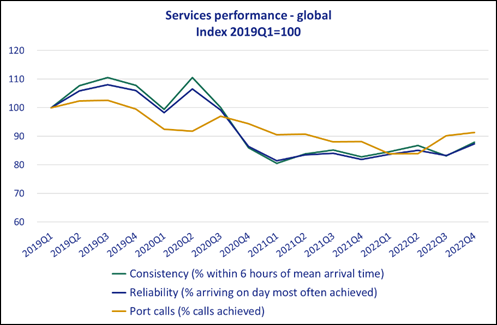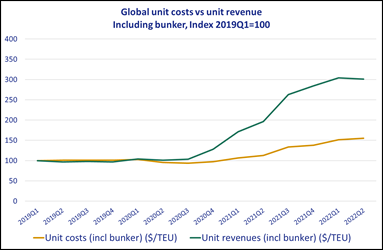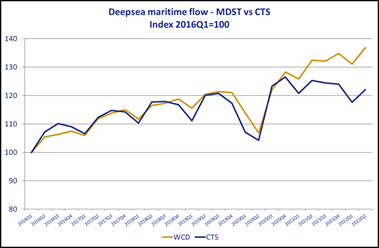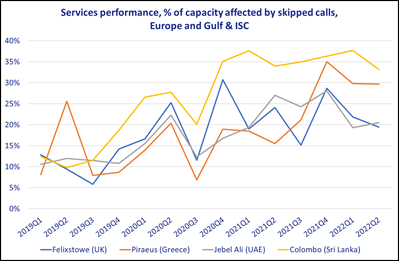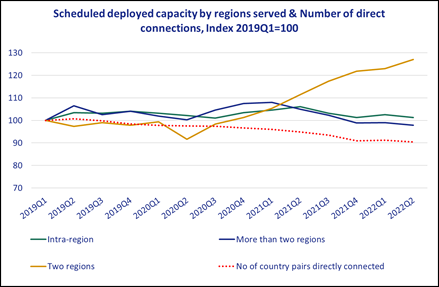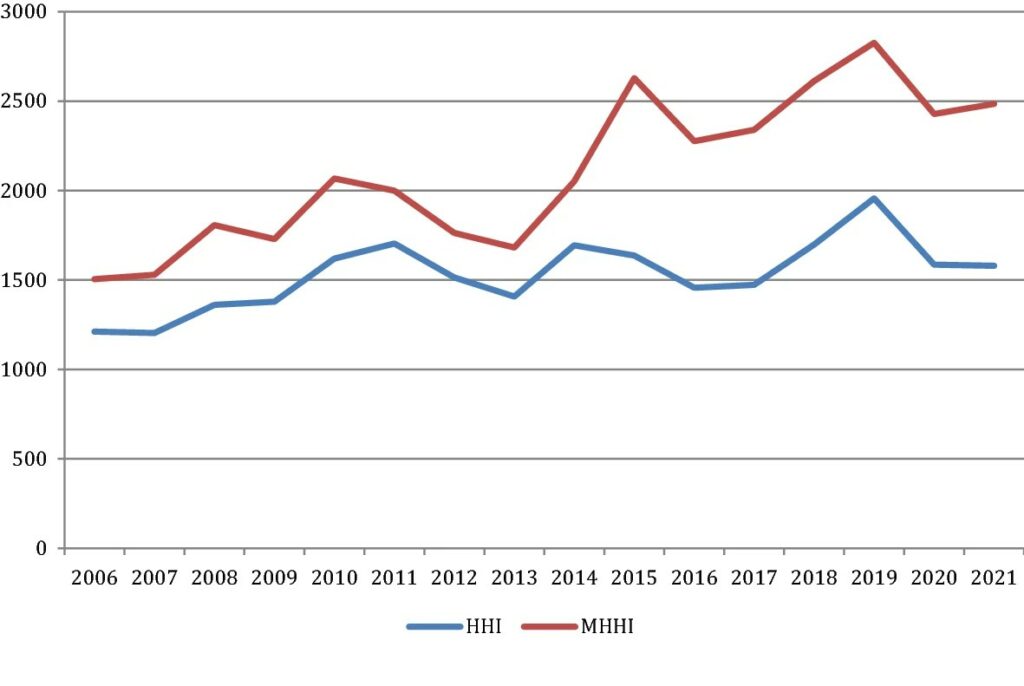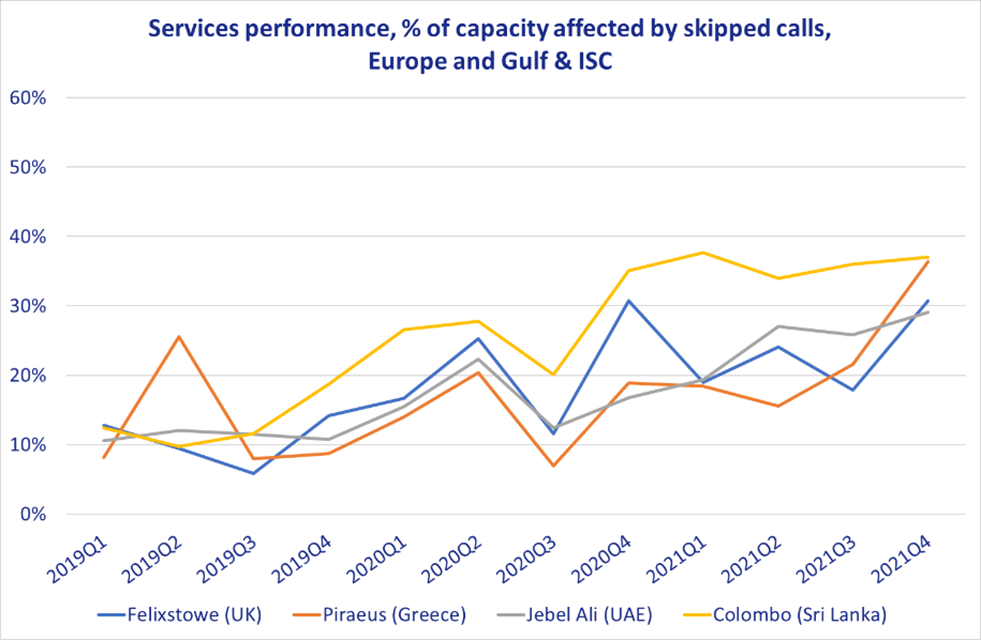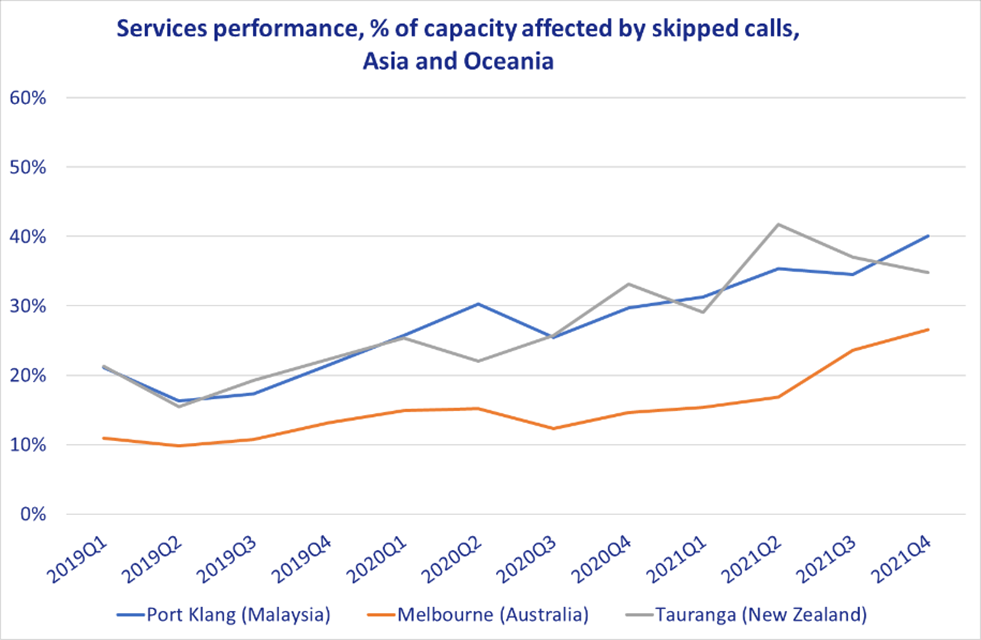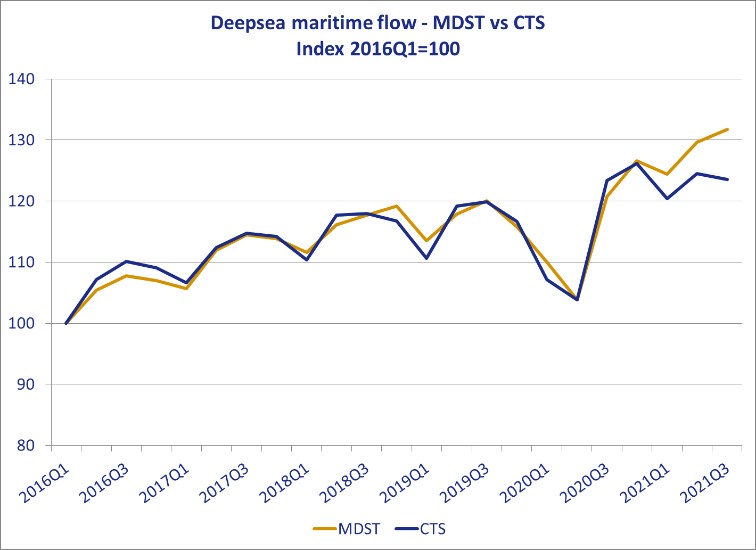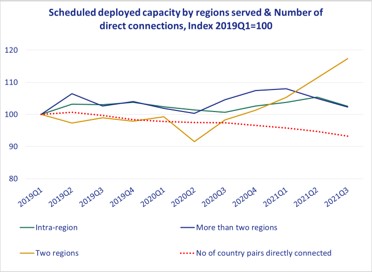20 March 2024 – Wildlife crime continues to pose a significant threat to biodiversity, local and national economies, as well as national and international security. The illicit trafficking of wildlife not only endangers countless species but also undermines the stability of ecosystems and jeopardizes the livelihoods of communities worldwide. Recognising the severity of this issue, ten leading organisations have joined forces to combat illegal wildlife trafficking through increasing awareness and vigilance across global supply chains.

Stepping up the fight against illegal wildlife trafficking, ten international organisations have joined forces in an initiative led by the World Shipping Council, supported by United Nations Development Program, the Global Environment Facility, and the Global Wildlife Program, in collaboration with TRAFFIC and WWF, and co-sponsored by BIC, Global Shippers Forum, the International Fund for Animal Welfare and TT Club. Together, they have produced practical guidelines for all supply chain participants, with advice on measures to take, questions to ask to help identify criminal wildlife trade, and guidance on reporting suspicious activities. An accompanying “Red Flags” document serves as a daily reference for all individuals involved in the supply chain.
Combatting illegal wildlife trafficking is a shared responsibility that requires collaboration across international containerized supply chains. All parties involved, especially consolidators and those receiving goods for packing or carriage, must take proactive steps to prevent the shipment of illegal wildlife. This includes verifying the legitimacy of cargoes, properly sealing shipments, conducting risk assessments, and promptly alerting national authorities to suspicious activities, as appropriate.
The Joint Industry Guidelines for Combatting Illegal Wildlife Trafficking are designed to support and further promote existing International Maritime Organisation (IMO) guidelines by providing specific and actionable guidance to private sector stakeholders, and the IMO was kept informed through the development process. The joint industry guidelines have been submitted to the IMO for additional awareness and action.
Illegal wildlife trafficking is not only decimating endangered species worldwide but also fuelling organized crime and threatening global security. The coalition’s joint effort underscores the shared responsibility of all stakeholders in combatting illegal wildlife trafficking. By uniting their expertise and resources, these organisations demonstrate their commitment to protecting wildlife and promoting sustainable trade practices.
QUOTES
“We recognize the critical role that the maritime industry plays in combatting illegal wildlife trafficking. By working together to increase awareness across the supply chain of how to spot and address this criminal activity, we can prevent the exploitation of global maritime supply chains for criminal activities and protect endangered species worldwide,” says John Butler, President & CEO of the World Shipping Council.
“Wildlife crime often converges with transnational organized crime, such as trafficking in illicit drugs and arms. The Joint Industry Guidelines for Combatting Illegal Wildlife Trafficking aim to support stakeholders to address wildlife trafficking through their organizational processes. WWF is committed to continue fostering strong public-private partnerships through collective initiatives like this, to disrupt illegal trade and to disincentivize wildlife traffickers using the maritime sector supply chain to traffic illicit goods,” says Dr Margaret Kinnaird, Wildlife Practice Lead of WWF.
“The illegal trade of wildlife across our oceans is immense, overlooked, and often under-reported. Given its scale and vulnerability, it is critical that maritime traffic be central to our collective efforts to mitigate the illegal trade in wildlife. The creation of these guidelines is a fundamental first step in shining a spotlight on this part of the supply chain, giving us the building blocks for a solution which positively impacts animals across the globe. When we protect biodiversity, we protect ourselves, and today, we are one step closer to making this a reality,” said Azzedine Downes, President and CEO of the International Fund for Animal Welfare (IFAW).
“It’s estimated that 72-90% of illegally trafficked wildlife, including live animals, animal products, plants, and timber, is smuggled via the shipping industry, so the sector holds a responsibility to rise against transnational organised crime. By taking action with these resources, the sector will have far-reaching positive impacts for conversation and biodiversity growth at the same time as protecting livelihoods of local communities.“ Philippa Dyson, Monitoring, Evaluation and Learning Manager at TRAFFIC.
Learn more about what you can do to prevent illegal wildlife trafficking, download the Guidelines for Combatting Illegal Wildlife Trafficking here: Protecting Wildlife — World Shipping Council.
About World Shipping Council
The World Shipping Council is the united voice of liner shipping, working with policymakers and industry groups to shape the future growth of a socially responsible, environmentally sustainable, safe, and secure shipping industry. We are a non- profit trade association with offices in Brussels, London, Singapore and Washington, D.C.
Read more at www.worldshipping.org
Contact WSC
Anna Larsson, Communications Director; GM Europe
Tel: +44 7442 088 862
About WWF
WWF is an independent conservation organisation, with over 5 million supporters and a global network active in over 100 countries. WWF’s mission is to stop the degradation of the Earth’s natural environment and to build a future in which humans live in harmony with nature, by conserving the world’s biological diversity, ensuring that the use of renewable natural resources is sustainable, and promoting the reduction of pollution and wasteful consumption. Visit www.panda.org/news for the latest news and media resources and follow us on Twitter @WWF_media.
Contact WWF
Marsden Momanyi, Head of Communications,
WWF Wildlife Practice
Email: mmomanyi@wwfint.org
Whatsapp: +254719784872
About Bureau International des Containers
BIC was founded under the auspices of the International Chamber of Commerce in 1933 as a neutral, non-profit, international organization. BIC promotes safety, security, standardization, and sustainability in the container supply chain and today has over 2900 container owning and operating members in 128 countries. BIC operates registers and data resources for the industry, including the BIC Code Register, the BoxTech Global Container Database, BIC Facility Code Database and Geofence Library, and the Global ACEP Database. Based in Paris, BIC holds observer status at the IMO, the WCO, and UN/CEFACT. Read more at www.bic-code.org
Contact BIC
Douglas Owen
About the International Fund for Animal Welfare (IFAW)
IFAW is a global non-profit helping animals and people thrive together. We are experts and everyday people, working across seas, oceans and in more than 40 countries around the world. We rescue, rehabilitate and release animals, and we restore and protect their natural habitats. The problems we’re up against are urgent and complicated. To solve them, we match fresh thinking with bold action. We partner with local communities, governments, non-governmental organizations and businesses. Together, we pioneer new and innovative ways to help all species flourish. See how at ifaw.org
Contact IFAW
Polen Cisneros
Tel: +1 (202) 536 1945
Email pcisneros@ifaw.org
About Global Shippers Forum
GSF is the global business organisation speaking up for exporters and importers as cargo owners in international supply chains and trade procedures. Its members are national and regional shippers’ associations representing hundreds of manufacturing, wholesaling, and retailing businesses in across five continents. GSF works for safe, competitively efficient, and environmentally sustainable global trade and logistics.
About TT Club
TT Club is the established market-leading independent provider of mutual insurance and related risk management services to the international transport and logistics industry. TT Club’s primary objective is to help make the industry safer and more secure. Founded in 1968, the Club has more than 1200 Members, spanning container owners and operators, ports and terminals, and logistics companies, working across maritime, road, rail, and air. TT Club is renowned for its high-quality service, in-depth industry knowledge and enduring Member loyalty. It retains more than 97% of its Members, with a third of its entire membership having chosen to insure with the Club for 20 years or more. www.ttclub.com
Contact GSF & TT Club
Maria Udy, Portcare International
Tel: + 44 (0) 7979 868539
About TRAFFIC
TRAFFIC is a leading non-governmental organisation working to ensure that trade in wild species is legal and sustainable for the benefit of the planet and people.
Contact TRAFFIC
Abbie Pearce, Media Support Manager








